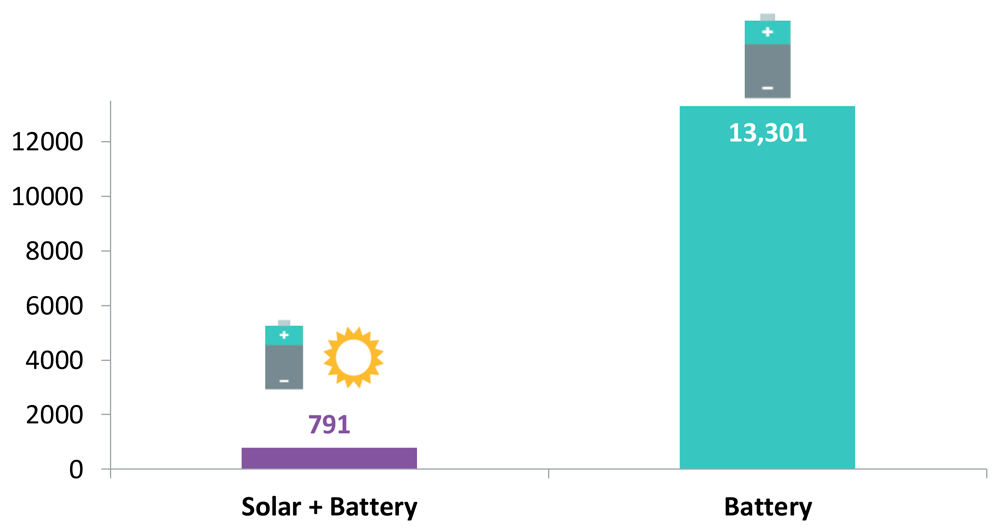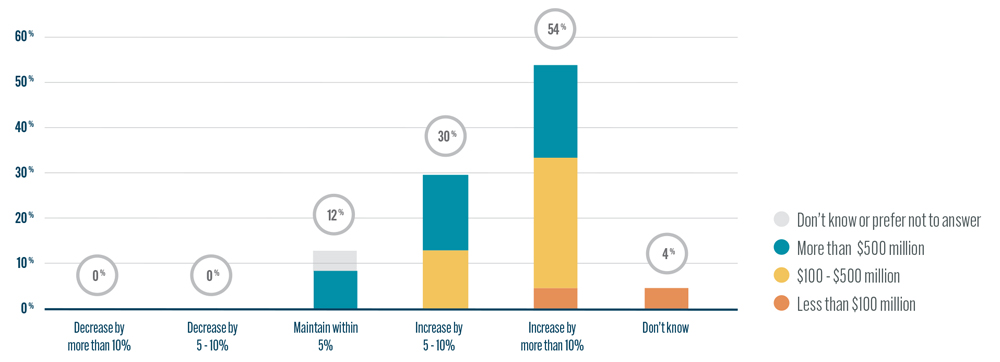During a blistering 10-day heat wave last September, California residents helped the state avert rolling blackouts by acting on an emergency text that called for reduced electricity consumption as solar output began rolling off the system during the evening of a day of record-setting demand.
Within 20 minutes of the Sept. 6 call for conservation by the governor’s Office of Emergency Services, CAISO’s demand dropped by 2,385 MW. (See CAISO Reports on Summer Heat Wave Performance.)
The consumer response, which was also seen outside the ISO’s footprint, was not so much a spontaneous reaction as a product of a long process of relationship-building, according to Sherrie Villmark, program director with the Community Energy Project, a Portland, Ore.-based nonprofit that works with utilities and local government to provide free energy-efficiency services to low-income households.
Speaking Thursday during a WECC webinar on consumer considerations related to Western resource adequacy efforts, Villmark described a meeting with a Sacramento Municipal Utility District (SMUD) employee involved in communicating with customers during last summer’s emergency. The staffer recounted that SMUD had spent “years” engaging with community members to prepare for such an event, building a “social piggy bank” that the utility was able to draw on at a critical moment.
The webinar’s other panelist, Utah Office of Consumer Services Director Michele Beck, offered a “contrarian view” on the California response — and one that revealed potentially divergent Western perspectives on the consumer’s role in RA efforts.
“I believe, even though I’m hearing it secondhand, that California put the effort into the piggy bank, but I think that’s hard,” said Beck, who is also a member of WECC’s Member Advisory Committee. “I think that many, many jurisdictions do not have the systems to do that, and so I think that unless there is … a formalized system like that in place, policymakers should be cautious about using that sort of call to action as an actual resource.”
Beck questioned how often electricity customers would be willing to answer such calls before wondering whether others were bearing their share of the burden.
Her view echoed that of WECC CEO Melanie Frye, who, in speaking about the California event, said demand response is “a great tool, but that’s not the way we want to deploy that as a resource.” (See WECC Heat Wave Analysis Evokes Calls for Caution, not Celebration.)
“I’m still a little skeptical, to where I think it shouldn’t be a resource; that resource adequacy means that we don’t have to call people and say, ‘Hey, can you turn your air conditioning down?’” Beck said. “We need to have adequate resources; that should be our plan.”
‘Education and Access’
The two panelists were less divided — if not quite united — on how to get residential electricity customers to participate in other DR programs that can contribute to resource adequacy, such as use of “smart” technology to automatically adjust electricity consumption throughout the day.
For Villmark, those efforts require “a mix of education and access.” For Beck, it comes down to program design that makes participation as simple as possible.
“I have found that when it comes to education, experts are usually not the best educators,” Villmark said. “When you develop a deep expertise in something, you often forget what it’s like to not know those things deeply.”
She contended that third parties can be more effective at educating consumers because utility-based education programs are typically developed and conducted by engineers, who tend to delve into technical concepts that most audience members don’t understand or consider to be “trivia.”
Villmark said utility education often assumes a level of accessibility among consumers that doesn’t account for socioeconomic variables. For example, many residents don’t own their own homes or still can’t afford the internet service needed to take advantage of “smart” energy programs, she said.
Beck agreed with Villmark’s views on education but disagreed about the utility’s role, arguing that utilities are often the best partners in areas that don’t enjoy the level of resources available in a metropolitan area such as Portland.
“I also think that access is the key, and it’s certainly true that a lot of people are really interested in energy and do want to understand it better — but there’s also a lot of people who never will,” Beck said. “So, I think it’s incumbent on us to design programs so that they’re very easy to participate in [and] understandable. And on the program design level, we need to think about things like internet access, and we need to think about things like how do we make this a set-it-and-forget-it kind of a program. Because ultimately, if we want large participation in the residential and small commercial sectors, that’s going to have to be what it is.”
‘Blackout Blackmail’
Panel moderator Branden Sudduth, WECC’s vice president of reliability planning and performance analysis, appeared to push the consumer advocate hot button for Beck when he asked how utilities should invest in RA to ensure that electricity remains affordable for low-income households.
Beck said that conversation should expand to include more than just low-income customers, because electricity costs are increasingly jeopardizing affordability for those at a higher level of income who do not qualify for bill payment assistance. She pointed to what consumer advocates refer to as “blackout blackmail”: when a utility urges regulators to allow a resource to be rolled into customer rates “because we won’t be able to keep the lights on if you don’t do it.”
“Yes, we need to have resource adequacy, so let’s set the standard, but let’s still require that utilities meet the standard in the most cost-effective way,” Beck said.
Villmark cautioned that “certain cost-effective standards when it comes to [things] like energy-efficiency upgrades … can really work against us at times, because not everything is a straightforward calculation.” She said measurements that only consider cost can ignore other important benefits such as health, safety and climate resilience.
Beck clarified that she was talking about the cost-effectiveness of a utility’s overall resource mix.
“I think that if a utility wants to build this resource ‘X,’ but resource ‘Y’ is cheaper, they shouldn’t be automatically allowed to build resource ‘X,’ even though all of us want them to have sufficient resources,” she said.
Villmark questioned whether that would mean a requirement for utilities to build a coal-fired resource over solar if the former were cheaper, even in areas seeking to adopt cleaner resources.
Beck countered that the cost-effectiveness rule can still apply to a transitioning grid. “As I say all the time, set the goal and achieve the goal in the most cost-effective way. So, if you’re in a jurisdiction that’s evolving out of fossil fuels, now you’ve reset the goal, [and] you should still achieve that new goal in the most cost-effective way.”
In response to a question from RTO Insider about whether any utilities or jurisdictions are specifically focusing on residential energy efficiency to alleviate the West’s RA challenges, Beck said that both DR and EE are a “significant component” of PacifiCorp’s integrated resource plan.
“I’ve got certainly quite a number of concerns about the IRP, but I also have a long history of working collaboratively with their [demand-side management] folks, and I’m impressed with the programs that they design,” she said.
“We’re part of a study from the Department of Energy and [the National Renewable Energy Laboratory] that’s looking at that very thing — like exactly how much can you squeeze out of the house in that regard?” Villmark said.

